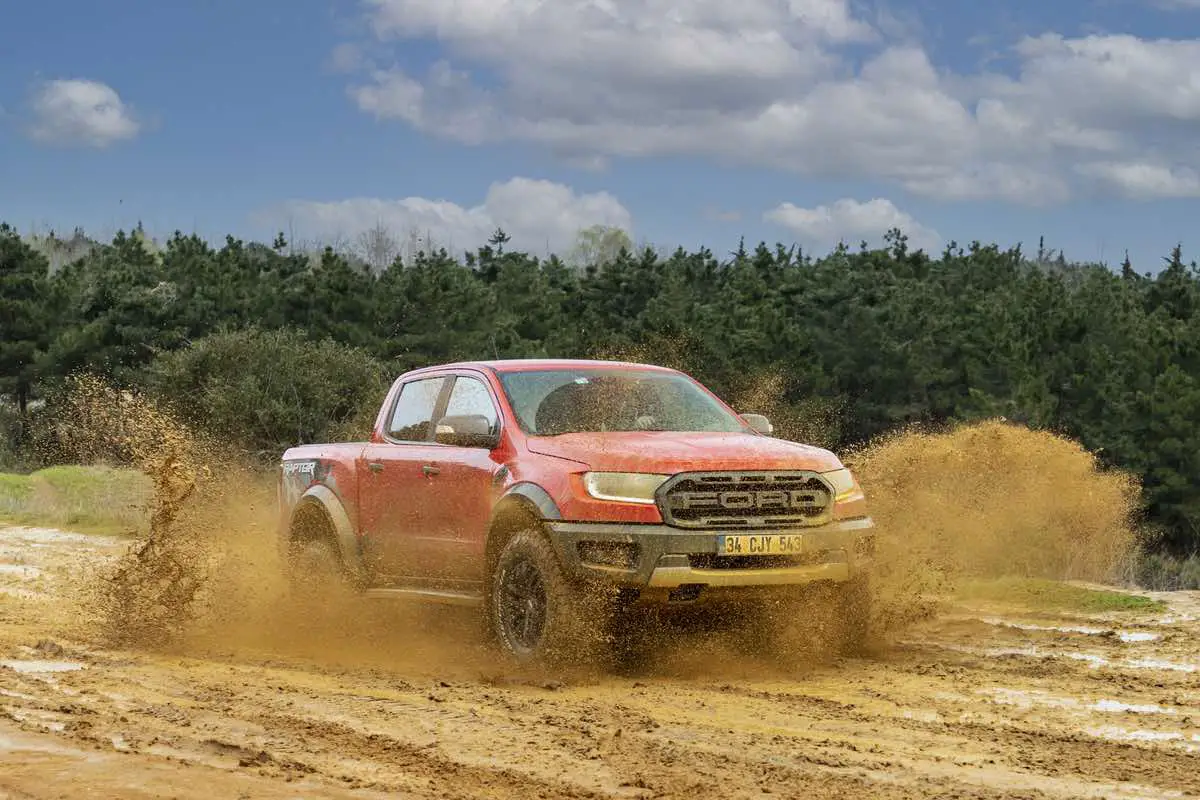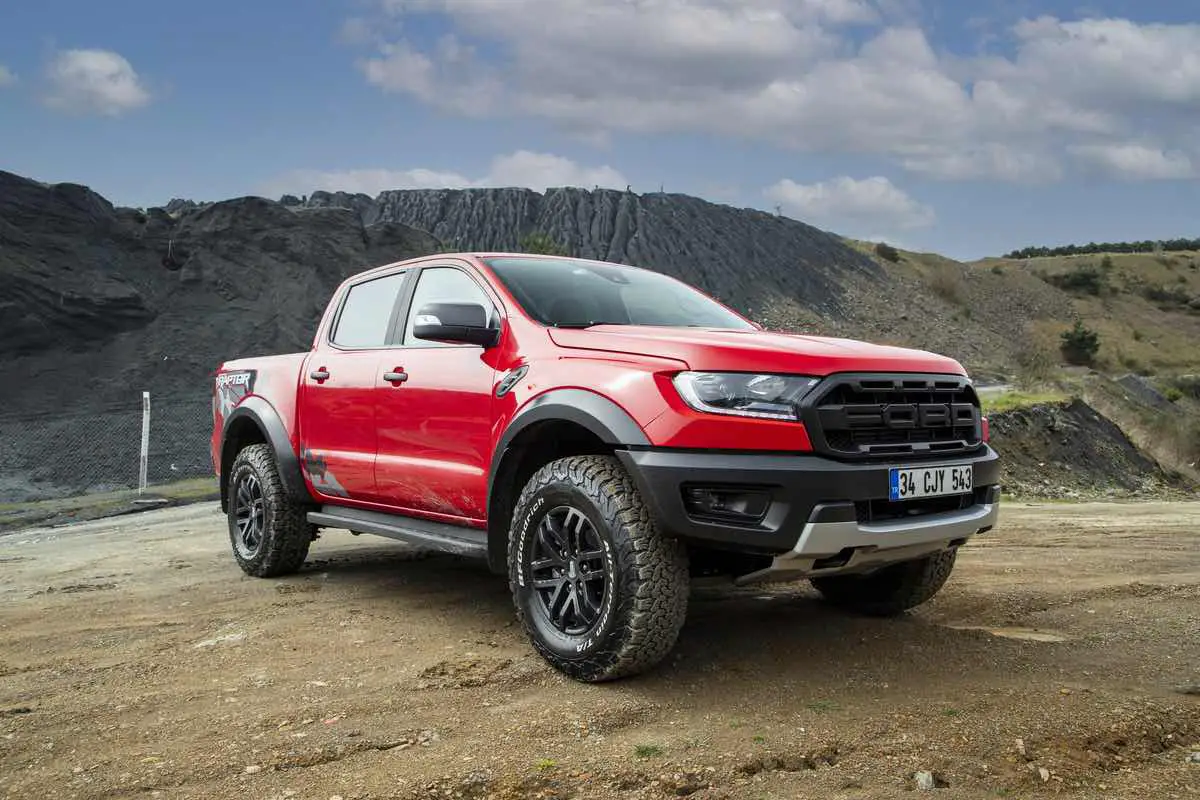Drivers who want greater ground clearance between the road and their vehicle rely on lift kits to make the necessary adjustments. However, with lift kits costing up to $15,000 (according to J.D. Power), it’s hard for some drivers to justify the cost. Why are lift kits so expensive?
Lift kit prices are determined by how much they raise the vehicle and its make and model. Each of these factors requires design specifics which, in turn, can increase the overall cost of the kit. Professional installation also adds to the price.
This article will explore lift kits, their components, and how you can ensure you don’t overpay for what you want. We’ll also explore if purchasing used kits is a viable way to save money. Let’s dive in!

1. Different Designs
Discussions about lift kits sometimes assume there is only one type, with the only variations being the brand and model. However, when shopping for lift kits, you should first know that there are two main types: body and suspension. Both types achieve the goal of raising your vehicle, but they do it in different ways.
A body kit lifts the body from the frame by up to 3 inches (7.62 centimeters). Because this doesn’t raise the frame itself, this option doesn’t increase road clearance. It does, however, allow you to install larger tires.
Suspension lifts raise your vehicle’s suspension directly, replacing its shocks and leaf springs. Suspension lifts usually can raise the suspension between 4 and 12 inches (10.16 cm and 45.72 cm). Unlike body kits, this lift results in greater ground clearance and room for larger tires.
Which Type Is Less Expensive?
If you’re choosing a lift kit based solely on your budget, a body lift will cost you much less than a suspension lift. You may be able to find one for as little as $400 or even less.
Considering that body kits have fewer pieces overall (usually just a set of spacers), it makes sense that it would be the more affordable option. But the adage “you get what you pay for” still rings true, and your lower price tag means you’ll experience some limitations.
As mentioned previously, body lift kits don’t increase your vehicle’s road clearance, so if that’s your goal, you’ll want to go with a suspension lift. And while they can create room in the wheel wells for larger tires, you won’t be able to go much larger unless you’re using a suspension kit.
Finally, body lifts don’t alter performance much, if at all. This makes them a poor choice for those who wish to take their truck or SUV offroad.
Why Are Suspension Kits More Expensive Than Body Kits?
The price of suspension kits can easily reach $1,000 or more. High-quality suspension lift kits can fall in the $10,000 $15,000 range.
First, they require more complex parts than body lift kits. In addition, because they replace your existing shocks and leaf springs, those components need to be specially made for specific vehicle models to ensure they can handle the appropriate weight and impact.
Besides the need for special research and development, suspension kits have a larger lifting range than body lift kits. If you’re looking for a lift kit because you want more clearance, knowing how much you want to lift your vehicle beforehand will help you determine which type is right for you.
2. Used Kits Are Not an Option
It’s not a good idea to purchase a previously used lift kit, even if it saves you money. If any parts are damaged or worn, it will pose a safety risk when you’re in your vehicle. Also, unless you’re an experienced mechanic, you will likely not spot all the signs of wear in the lift parts.
Damaged or worn suspension lifts can harm your vehicle and anyone inside. Besides further damaging your vehicle, it will fail to minimize any impacts you feel while driving. In short, it will fail to function as intended.
Remember that, just like any other car parts, lift kits have a limited life expectancy. This estimate is stated in the manufacturer’s warranty when you buy a new kit. Unfortunately, there’s no way to know how long a previously used kit has been in use short of taking the previous owner’s word for it.
3. Installation Costs
Professional installation is always the best option when making significant modifications to your vehicle. That said, quality lift kits come with instructions to do it yourself. Magnum Truck Tracks suggests self-installation isn’t complex but does come with some challenges.
First and foremost, self-installation requires a high level of workmanship. From lifting your vehicle with jacks to correctly removing and resecuring parts, the effectiveness of the installation will depend on your attention to detail. Cutting corners can have severe consequences for both you and your vehicle.
Second, you will need to commit much more time to the job than a professional would. What may take a pro a few hours could take you a few days. While it can prove to be a worthwhile investment, in the end, the money saved will become a time sink for anyone who lacks installation experience.
Professional installation can cost as much as the lift kit you’re going to have installed. That can feel like a big hit, especially for complex suspension lifts. But you’ll have peace of mind knowing that this complicated mechanical work is done correctly and thoroughly.

Conclusion
Lift kits are expensive because they need unique designs to lift your vehicle while keeping it safe. The price gets higher based on the type of kit you want and how much lift you’re looking to add. You also have to consider the cost of installing the kit when estimating an overall price.
To avoid surprises when you finally decide to make the purchase, the best thing you can do is figure out precisely what you want beforehand—what type of lift kit you want and how much lift you’re after.
